Selection of the right lateral force resisting system has a significant effect on the performance of the structure in steel structures. In this article, you will get to learn about the bracing systems and types of bracing systems used in steel structures.
What Is Bracing?
Important Point
The bracing systems are an essential element for the which are generally subjected to the lateral loads mainly due to the earthquake or wind.
As you know, the beams and columns are subjected to carry the vertical loads acting on the structures, whereas the bracings are used to maintain the lateral loads acting on the structures.
The Bracings will help to reduce the lateral deflection on the structures. The most common reason for providing bracing is to control the buckling of the main beams. The small tonnage of the steel bracings increases a huge resistance against the bending of the beam.
What Does Brace Mean?
Bracing is one of the most essential and crucial parts of the structures that helps to improve the stability of the building and resist the buildings from earthquakes.
The Braced frame is basically a structured system designed to withstand the High wind and the forces of the earthquakes. The members in the braced frame are not allowed to sway laterally.
The purpose of providing bracings is to ensure additional safety against external loads. The Braced buildings are reinforced by the steel members and increase the tensile and compressive strength of the building.
The Bracings are primarily used in the steel structures to resist the lateral force acting on the steel structures due to wind, earthquake, etc.
Types of Bracing
There are mainly two main types of bracing systems that are used in the construction of buildings that are as follows.
- Horizontal Bracings
- Vertical Bracings
1. Horizontal Bracing System
The Horizontal bracing system consists of the bracings which are provided at each floor in the horizontal planes and provides the load paths so that the horizontal forces can be easily transferred to the planes of the vertical bracings.
Horizontal bracing systems are designed to transfer horizontal loads from columns at the perimeter of the structure to the planes of vertical bracing.
The horizontal forces on perimeter columns are developed due to the wind force pressure on the structure. There are two major types of horizontal bracing systems that are generally used in the multistory braced steel structure, which are diaphragms, and discrete triangulated bracing.
In diaphragms, there are different types of floor systems that provide a perfect horizontal diaphragm, such as composite floors, whereas others, such as precast concrete slabs, need specific measures to be satisfactory to serve their purpose.
For example, steelwork and the precast concrete slab should be joined together properly to avoid relative movements.
2. Vertical Bracings System
In the vertical planes, the bracings lie between the column lines, which provides the load paths that are used to transfer the horizontal forces to the ground level, and this system will transfer the horizontal loads to the foundations and withstand the overall sway of the building.
These are the types of bracings that are placed between the two lines of the columns. There are also two subtypes of vertical bracings that are as follows.
Also, Read: What Is Bridge Abutment | 5 Types of Abutments
2.1. Cross Bracings
- The cross bracings are slenderly withstanding tension forces only, and they are not the compression forces which provides the necessary lateral stability mainly depends upon the direction of the loading.
2.2. Single Diagonal Bracings
- Whereas the single diagonal bracings are designed to resist both tension forces as well as compression forces. In this, there is s diagonal member that is inserted into the rectangular areas of the structural frame that is good for the stabilization of the frame.
- The bracing systems are placed at a near 45 degrees for an efficient system, and this arrangement is strong and compact.
- The vertical bracings are mainly designed to resists the high wind loads and the horizontal forces acting.
- A minimum of two vertical planes in each of the orthogonal directions are provided to prevents the disproportionate collapse. The more number of the vertical planes of the bracings that are installed helps to improve the structural stability.
Also, Read: Bolt Vs Screw | What Is Bolt | What Is Screws
Advantages of Bracing Systems
There are various benefits for which bracing systems are used in the structures that are as follows.
- The Bracing systems are used to resists the buckling of the main beam in the structure.
- It also helps to equally distribute the lateral loads as well as vertical loads between the main beams.
- It is cost-effective and very easy, and flexible to design and get the required strength and stiffness.
- The Braced frames have good resistance to high-speed winds and seismic forces as compared to the non-braced buildings.
- Reduction in lateral displacement is one of the major advantages of using bracing system.
Disadvantages of Bracing Systems
There are also some disadvantages of bracing systems that are as follows.
- The length of the span of the structures is restricted up to 40 feet when reinforced.
- The construction of the bracing systems required skilled workmanship.
Bracings in Truss
Bracings are reinstalled to hold the trusses in a stable position to prevent the structure from buckling under the pressure of high winds and heavy rainfall.
The structures less than 12 feet in width do not required truss bracings. The truss braces should be installed inside the truss sections.
What Do You Mean by Bracing?
Bracing consists of devices that clamp parts of a structure together in order to strengthen or support it. Bracing consisting of a rigid steel frame prevents the structure from moving. Bracing consists of devices that clamp parts of a structure together in order to strengthen or support it.
What Is the Use of Bracing?
The primary function of bracing is to provide stability and resist lateral loads, either from diagonal steel members or from a concrete ‘core’. For bracing frames, beams and columns are designed only to support vertical load, since the bracing system should carry all lateral loads.
What Is Bracing in Columns?
Bracing, which resists lateral loads and provides stability, generally comes from diagonal steel members or, from a concrete ‘core’. In braced construction, beams and columns are designed under vertical load only, assuming the bracing system to take all lateral loads.
What Is Bracing in Truss?
A roof truss is made of several pieces of wood that are joined together. Each piece of the truss is referred to as a “member”. A brace is a member that prevents a structural element from buckling or racking. Under the same compressive force, the brace prevents the member from buckling.
What Is Bracing in Construction?
Bracing is a construction technique used to improve the structural performance of a building. Bracing systems include wood or steel components that help evenly distribute loads and increase the safety of the structure.
What Is at Brace in Framing?
A braced frame is a structural system designed to resist wind and earthquake forces. Members in a braced frame are not allowed to sway laterally (which can be done using shear wall or a diagonal steel sections, similar to a truss).
What Two Types of Bracing Are Used?
There are two major types of horizontal bracing systems which are used in the multistory braced steel structure namely: diaphragms and discrete triangulated bracing.
What Is Vertical Bracing?
Bracing in vertical planes (between lines of columns) provides load paths to transfer horizontal forces to ground level and provide lateral stability.
What Is Horizontal Bracing?
Horizontal bracing in a single storey building. A horizontal bracing system is needed at each floor level, to transfer horizontal forces (chiefly the forces transferred from the perimeter columns) to the planes of vertical bracing that provide resistance to horizontal forces.
What Is Structural Bracing?
A bracing system is a secondary but essential part of a bridge structure. A bracing system serves to stabilize the main girders during construction, to contribute to the distribution of load effects and to provide restraint to compression flanges or chords where they would otherwise be free to buckle laterally.
Do I Need Cross Bracing?
you’ll want to install cross braces during the construction of the floor frame, to avoid the aforementioned floor problem in futures. Basically, cross-bracing your floor joists makes your wood frame floor system stiffer, consequently preventing twisting, deflection, squeaking, sagging, and bouncing.
What Is Bracing Beam?
A beam or column that relies on adjacent structural members for support is braced in a lean-on system. Structural members that are tied or linked together such that buckling of the member would require adjacent members to buckle with the same lateral displacement characterize lean-on systems.
What Is the Function of Bracing in Steel Structure?
The primary function of bracing is to provide stability and resist lateral loads, either from diagonal steel members or from a concrete ‘core’. For bracing frames, beams and columns are designed only to support vertical load, since the bracing system should carry all lateral loads.
Steel Bracing
Bracing, which provides stability and resists lateral loads, may be from diagonal steel members or, from a concrete ‘core’. In braced construction, beams and columns are designed under vertical load only, assuming the bracing system carries all lateral loads.
Bracing Meaning in Construction
In construction, “bracing” refers to the use of additional support structures or elements to stabilize a building or structure during various stages of construction. Bracing is essential to prevent structural failure, maintain stability, and ensure safety during construction, especially for tall or complex structures. It helps to resist forces like wind loads, seismic forces, and other external loads that can act on the building during construction.
Types of Bracing in Steel Structures
Bracing can be classified into three types:
- Plan bracing.
- Torsional bracing.
- U-frame bracing.
Like this post? Share it with your friends!
Suggested Read –
- What Is Shoring In Construction | Type of Shoring
- Concrete Vs Cement | What Is Cement | What Is Concrete
- 10 Mortar Vs Concrete | What Is Mortar & Concrete | Types of Mortar & Concrete
- Load Bearing Wall Construction | How to Tell If a Wall Is Load Bearing | Load Bearing Beam | Non-Load Bearing Wall | Non-Load Bearing Wall Framing
- What Is Shotcrete | Shotcrete & Concrete | Shotcrete Technology | Types of Shotcrete Technology | Advantages of Shotcrete | Disadvantages of Shotcrete
- Definition of Shear Force and Bending Moment | What Is Shear Force | What Is Bending Moment | Relation Between Loading, Shear Force & Bending Moment
Originally posted 2023-08-04 12:25:34.
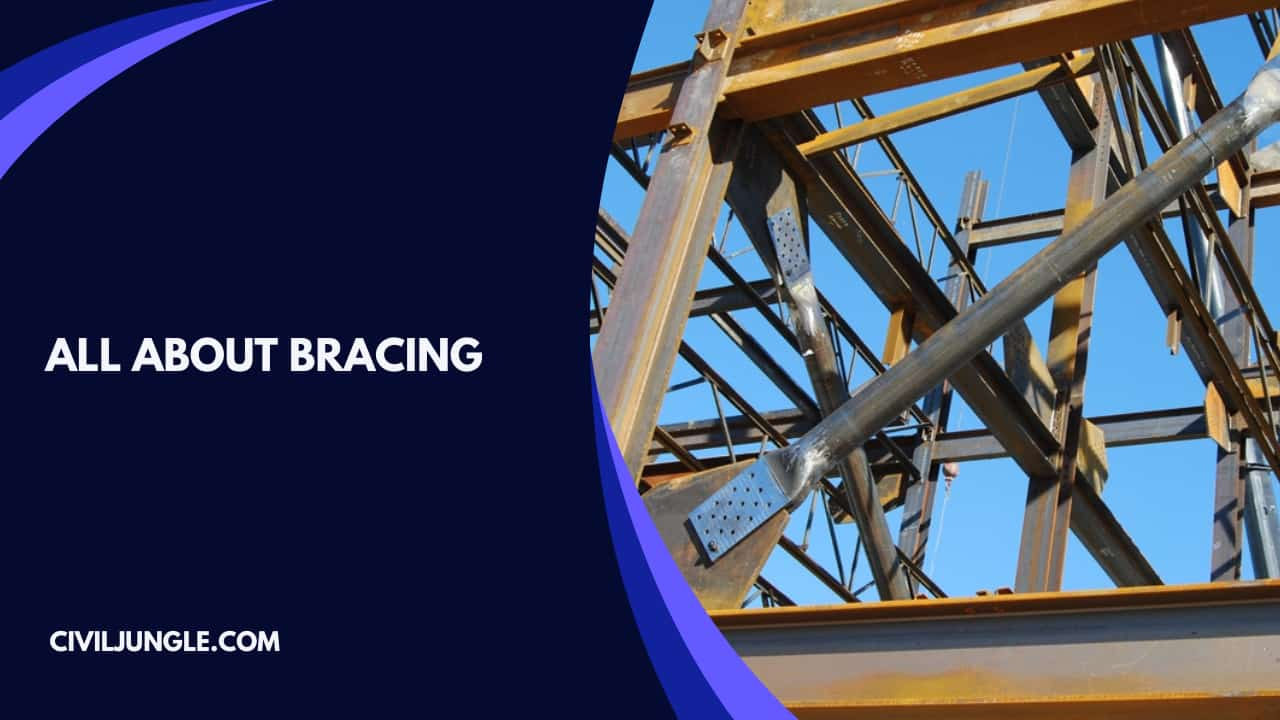
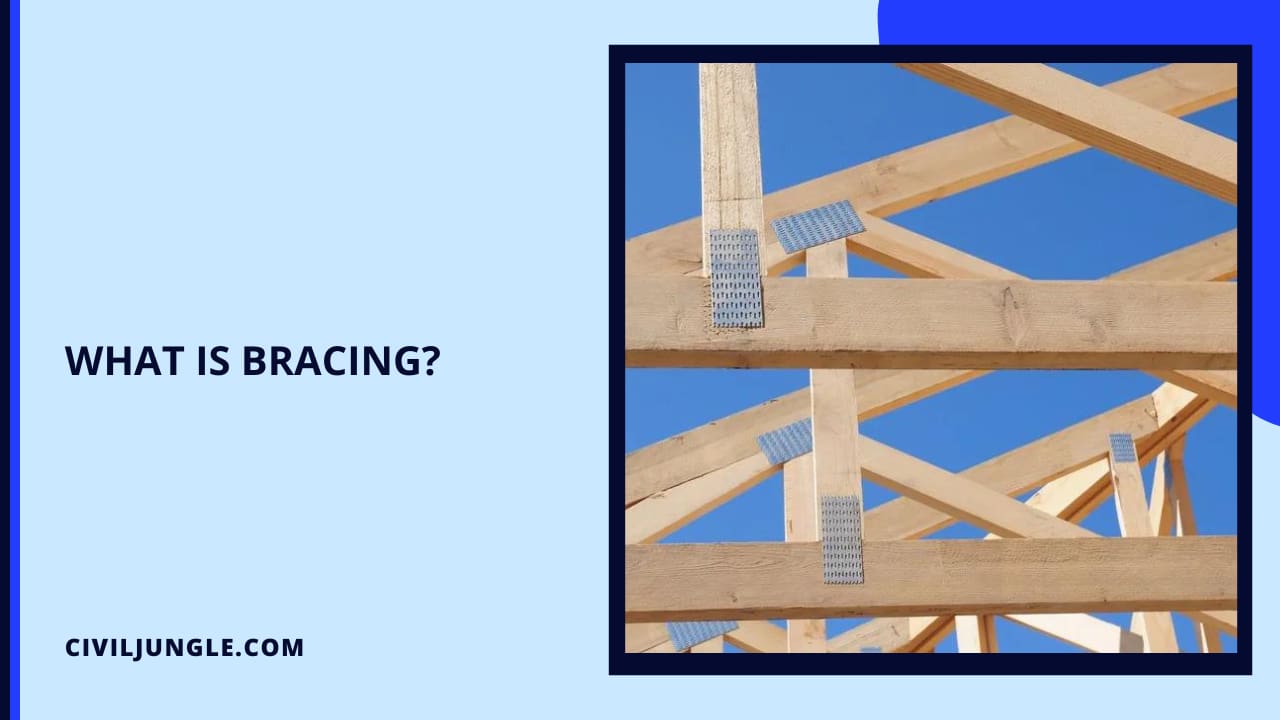
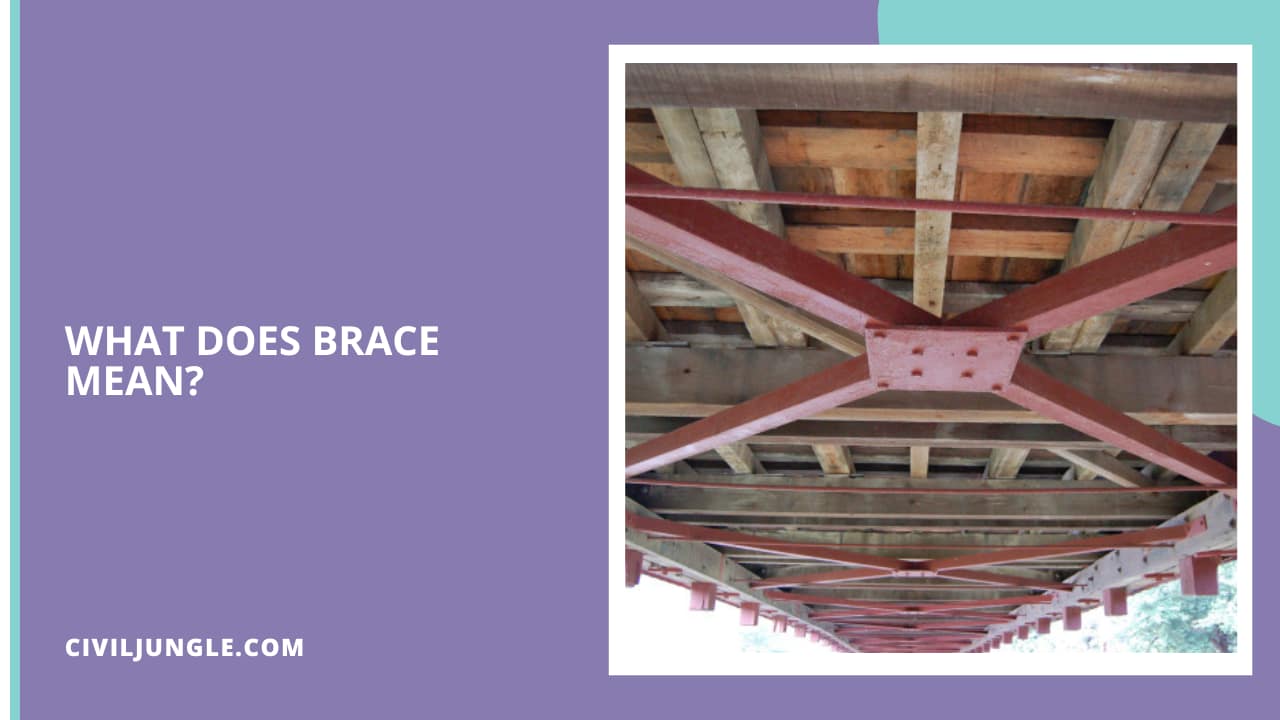

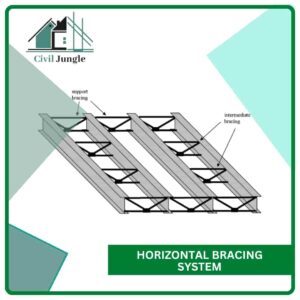
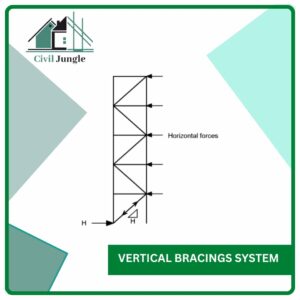

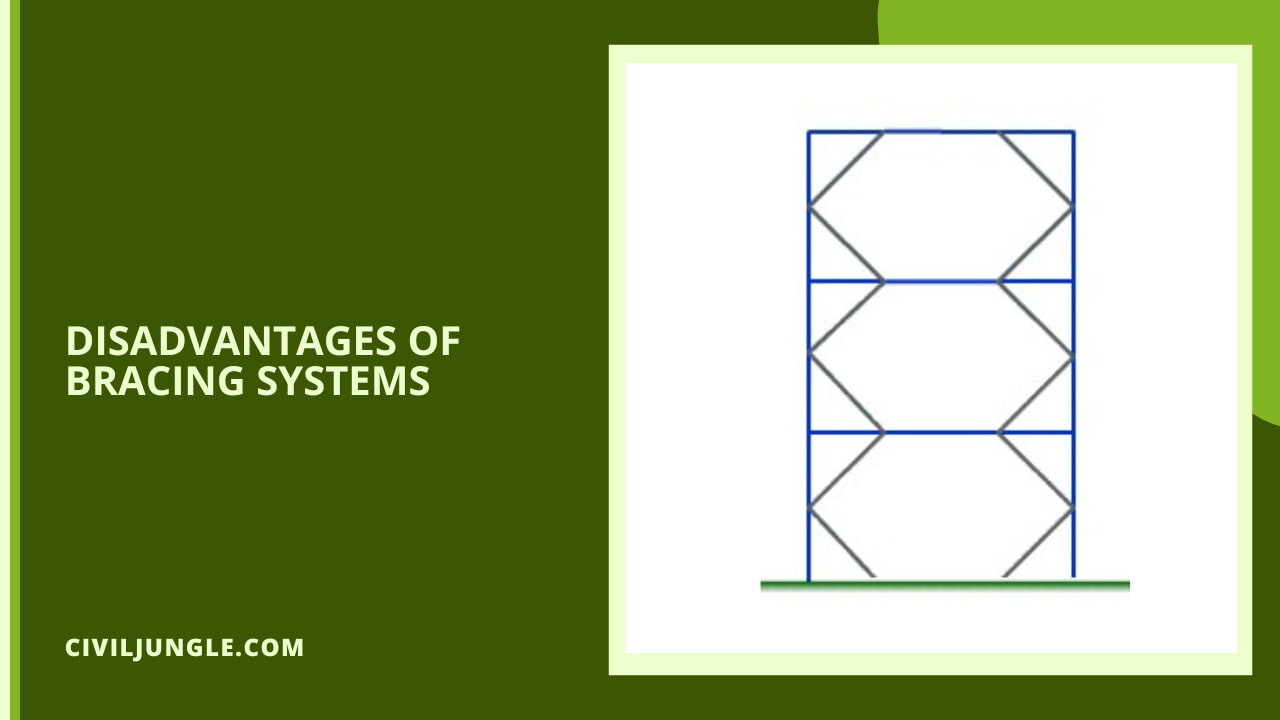
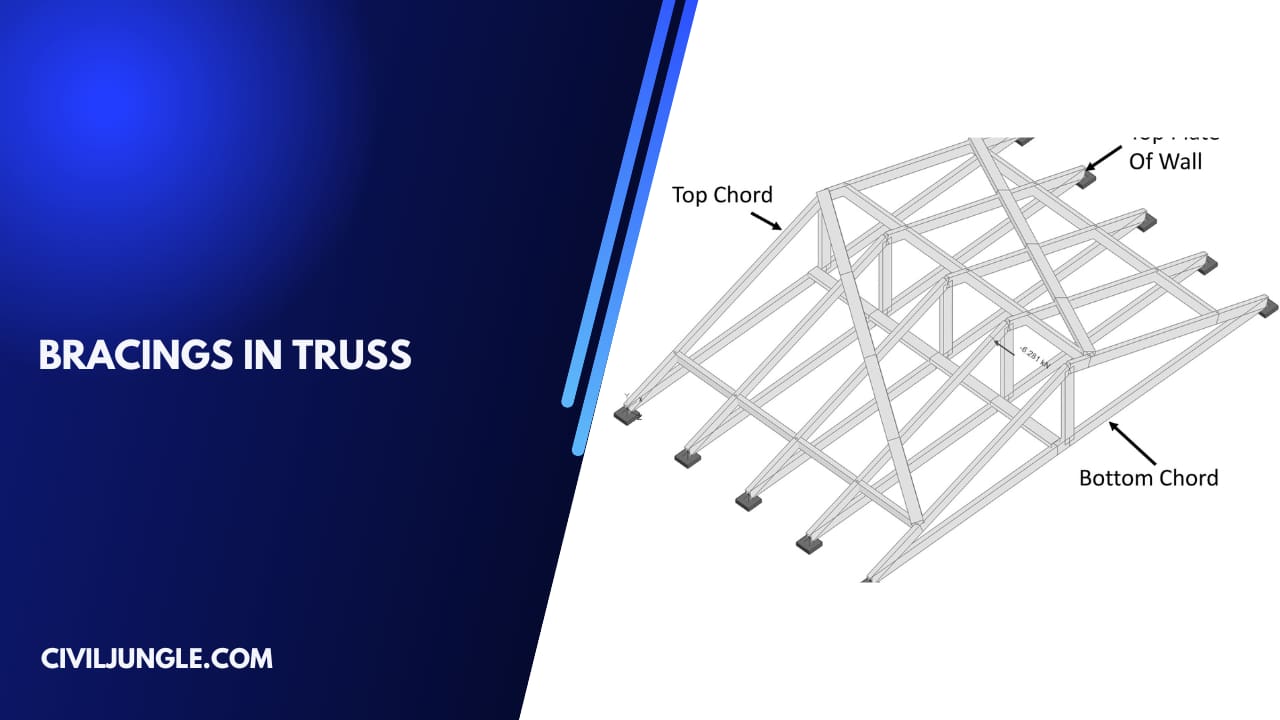

Leave a Reply